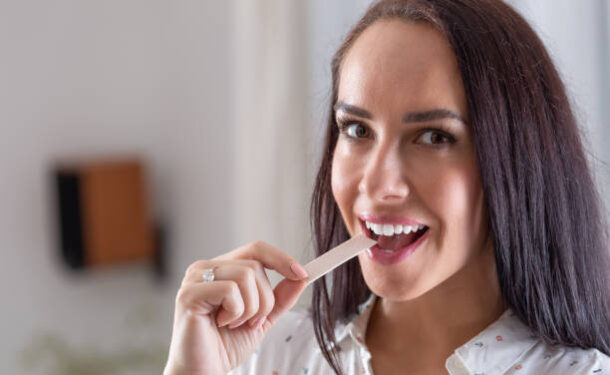
At Epping Dentist, we often mention sugar and the danger it poses to your oral health. However, as there are various sources of sugars in foods, the public profile of sugar is somewhat confusing, we thought it would be useful to discuss its ins and outs.
Natural sugar refers to the sugars naturally present in fruits (fructose), dairy products (lactose) and vegetables.
When you consume natural sugar in its natural packaging (a piece of fruit, a glass of milk), you are not consuming vast amounts. You are also consuming its associated beneficial vitamins, minerals, phytochemicals, and fibre.
Added sugar refers to the sugar added to a product during its manufacture – or when you eat it, such as the sugar you add to your coffee or tea.
Free sugar refers to the added sugars + those naturally present in honey, syrups, fruit juice, and fruit juice concentrate.
It is not true that a recipe is “sugar-free” if it uses dates, coconut sugar, honey, maple syrup or rice malt instead of cane sugar (white, raw, or brown). These still contain sugar and still have the potential to create tooth decay. In fact, your Epping Dentist knows that the stickiness of some of them can make them more dangerous as they tend to adhere to tooth enamel.
Hidden sugars refer to the names given to sugars from different sources. Their use on a Nutritional Information Panel on a food label may mislead you into thinking that the item is not sugar, after all. These include agave nectar, brown sugar, cane sugar, coconut sugar, corn syrup, fructose, fruit juice concentrate, glucose, maple syrup, and rice malt. These tend to be used in large amounts for no nutritional purpose – even if the packaging says the food contains no added or refined sugars.
It really is a matter of “buyer beware!” The food label on a food product will be your ally in working this out!
Handy tip: there are more of the ingredients at or towards the top of the Ingredients List than further down the list.
To compare different products for the same food, use their Nutritional Information labels. Look at the amount of added sugar in the Quantity per 100g column, not in the Quantity per Serving (serving sizes vary).
Ideally, for a product to be safe, it should have 5g or less sugar per 100g. Between 5 and 10g is OK; between 10 and 15g OK, at a pinch. If it has more than 15g, it is best not to eat it.
Please note: all forms of sugar create conditions for tooth decay. As a result, your Epping Dentist strongly recommends that you restrict all added and free sugars to 24 grams daily for your oral and general health. That is 6 teaspoons. If you find the teaspoon measure easier to visualise, divide the grams by 4 to get it.
To find out more, please click the link for an appointment with us: